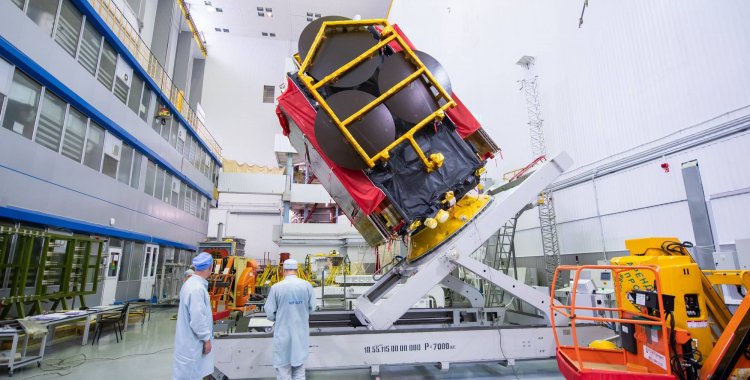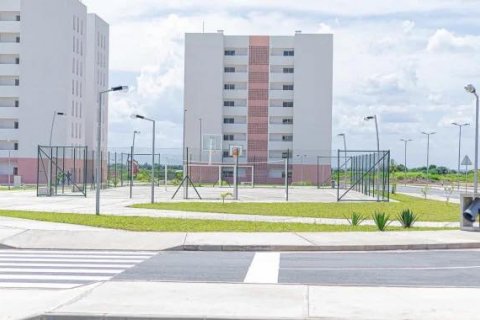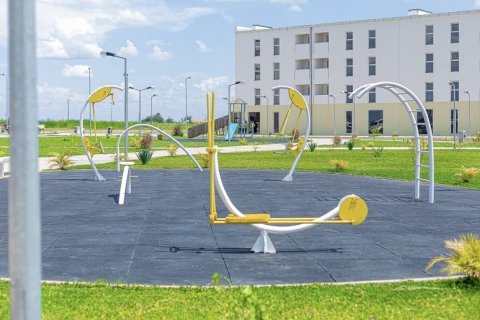According to Presidential Dispatch no. 11/23, of January 23, consulted today by the Lusa agency, the remaining 10% of the revenues from the exploration of Angosat-2 should revert to the Social Support Fund for Communications Workers.
The holder of the Angolan executive power has authorized the commercial exploitation of Angosat-2, while the process of creating the conditions for attributing its management and exploitation to a public entity is ongoing.
The document emphasizes that there is a need to start the process of commercial exploitation and guarantee the services for which it was designed, within their useful life, to the benefit of the national economy and the technological development of the country, the region and the safeguard of a secure adjudication from the point of view of socioeconomic valuation, technological sovereignty, defense and national security in the exploration of the device.
The dispatch stresses that Angosat-2 was launched successfully and is in its orbital position, sending signals of its full operation to the control station, constituting an important milestone for the Angolan Space Programme.
Angosat-2, the document also highlights, is an infrastructure of essential importance for the State, strategic and of exclusive domain, which integrates the basic telecommunications network of the country, whose commercial exploitation is part of the sector of activity of relative reserve of the State.
Infrastructure is a fundamental element in fulfilling the fundamental objectives of the country's development program in the context of communications, earth observation, positioning, navigation, land and sea traffic, research, digital inclusion, migration and crime control, precision agriculture and combating natural disasters, especially in serving rural areas and municipalities without telecommunications service coverage, the order also mentions.
In October last year, Russia launched the second national satellite, Angosat-2, from the Baikonur cosmodrome, in Kazakhstan.
Angola's first national satellite, Angosat-1, was launched by a Russian rocket from the Baikonur cosmodrome in December 2017, but Russia initially announced that it lost control as soon as it was put into orbit.
Russian specialists managed to re-establish contact a few days later, before permanently losing it in space.
Under an agreement with Angola, Russia built another satellite, Angosat-2, to replace the lost device.
Built as a result of an agreement signed between Angola and Russia in 2009, the Angosat-1 cost the State US$360 million, but was insured for US$121 million, which, in the event of an accident or disappearance, would cover the entire of its replacement costs, according to Angop.
The Minister of Telecommunications, Information Technology and Social Communication (Minttics), Mário Oliveira, at the time of the launch of Angosat-2, underlined that the infrastructure, with capacity to cover the African continent, with emphasis on the southern region, and a significant part of the southern Europe, is part of the telecommunications ecosystem that the country wants, since Angola has the objective of being an African telecommunications 'hub'.
"Our country is vast and satellite communications help us to reach the most remote parts of the country more quickly", he said, highlighting the positive impacts of this technological solution that will contribute to Angola's socio-economic development in several areas.
It is a High Transmission Rate (HTS) satellite, with a total weight of two tons, prepared to provide 13 gigabytes in each illuminated region (zones within the reach of the satellite signal).
Construction of the Angosat-2 began on April 28, 2018, at Airbus facilities in France, and the structure was then transferred to the ISS Reshetnev factory, in the city of Zheleznogorsk, near Krasnoyarsk (Siberia), where it was produced. the housing and the starting mechanism installed, says the Angolan agency.







